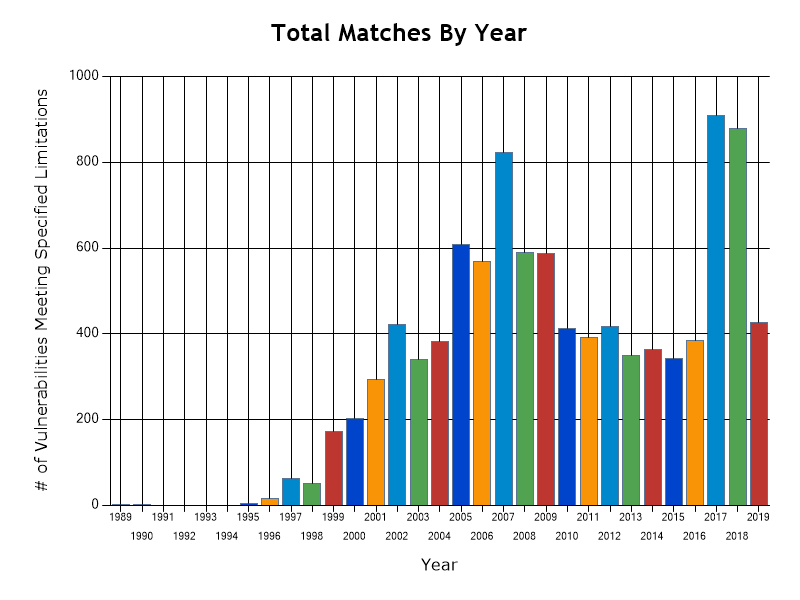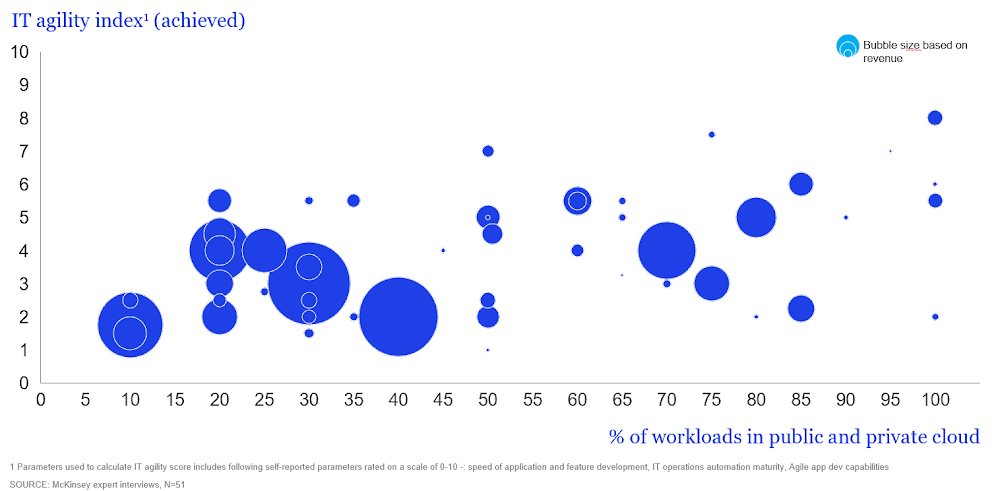RALEIGH, N.C.
—
August 6, 2019
—
Red Hat, Inc., the world’s leading provider of open source solutions, today announced the general availability of Red Hat Enterprise Linux 7.7, the final Full Support Phase release of the Red Hat Enterprise Linux 7 platform. As hybrid and multicloud computing helps to transform enterprise IT, Red Hat Enterprise Linux 7.7 delivers enhanced consistency and control across cloud infrastructure for IT operations teams while also providing a suite of modern, supported container creation tools for enterprise application developers.
With Red Hat Enterprise Linux 7.7, we show our continued commitment to the 10-year Red Hat Enterprise Linux lifecycle while also introducing key new features, like image builder and Red Hat Insights, to help IT organizations get the most from their existing Red Hat Enterprise Linux 7 investments.
/>
The Red Hat Enterprise Linux 7 lifecycle
Beyond new capabilities, Red Hat Enterprise Linux 7.7 also marks the transition of Red Hat Enterprise Linux 7 to Maintenance Phase I within the Red Hat Enterprise Linux 10-year lifecycle. Maintenance Phase I emphasizes maintaining infrastructure stability for production environments and enhancing the reliability of the operating system. Future minor releases of Red Hat Enterprise Linux 7 will now focus solely on retaining and improving this stability rather than net-new features.
Red Hat Enterprise Linux subscribers are able to migrate across platform versions as support and feature needs dictate. To help with the process, Red Hat offers tools, including in-place upgrades, which helps to streamline and simplify migrating from Red Hat Enterprise Linux 7 to Red Hat Enterprise Linux 8.
Enhanced operational consistency across the hybrid cloud
As interest in hybrid cloud deployments grows across the enterprise world, IT operations teams face a complex, evolving technology stack interweaving traditional applications and cloud-native services as well as virtualized, bare-metal and cloud-based resources. Red Hat Enterprise Linux 7.7 adds new features to help operations teams maintain control and consistency of their workloads across environments, including:
-
Red Hat Insights, Red Hat’s expertise-as-a-service offering, which helps users proactively detect, analyze and remediate a variety of potential software security and configuration issues before they cause downtime or other problems.
-
Full support for image builder, a Red Hat Enterprise Linux utility that enables IT teams to more readily and easily build cloud images for major public cloud infrastructures, including Amazon Web Services, Microsoft Azure and Google Cloud Platform.
-
Network performance improvements for Red Hat OpenShift and Red Hat OpenStack Platform by offloading virtual switching and network functions virtualization (NFV) to network controller hardware.
Powering a cloud-native developer experience
Frequently, modern applications built to run across the hybrid cloud are developed using Linux containers. Building cloud-native apps requires cloud-native development tools, like a container daemon, but these tools can introduce unnecessary risk and complexity into development environments. Red Hat Enterprise Linux 7.7 now includes full support for Red Hat’s distributed container toolkit – buildah, podman and skopeo – on Red Hat Enterprise Linux workstation deployments with the Red Hat Universal Base Image, enabling developer teams to build, run and manage containerized applications across the hybrid cloud with a smaller, more manageable tool footprint.
Live patching for improved OS security
Red Hat Enterprise Linux 7.7 also introduces support for live patching the underlying Linux kernel. Live patching support enables IT teams to apply kernel updates to remediate Critical or Important Common Vulnerabilities and Exposures (CVEs) while reducing the need for system reboots, which can cause unnecessary downtime and system outages.
Availability
Red Hat Enterprise Linux 7.7 is available now for current Red Hat Enterprise Linux subscribers via the Red Hat Customer Portal.
Supporting Quote
Stefanie Chiras, vice president and general manager, Red Hat Enterprise Linux, Red Hat
“As the hybrid cloud takes hold as a preferred production environment for mission-critical workloads, maintaining stability and consistency across all IT footprints is key. With Red Hat Enterprise Linux 7.7, we show our continued commitment to the 10-year Red Hat Enterprise Linux lifecycle while also introducing key new features, like image builder and Red Hat Insights, to help IT organizations get the most from their existing Red Hat Enterprise Linux 7 investments.”
Red Hat, Red Hat Enterprise Linux, the Red Hat logo and OpenShift are trademarks or registered trademarks of Red Hat, Inc. or its subsidiaries in the U.S. and other countries. Linux(R) is the registered trademark of Linus Torvalds in the U.S. and other countries. The OpenStack Word Mark is either a registered trademark/service mark or trademark/service mark of the OpenStack Foundation, in the United States and other countries, and is used with the OpenStack Foundation’s permission. Red Hat is not affiliated with, endorsed or sponsored by the OpenStack Foundation, or the OpenStack community.






